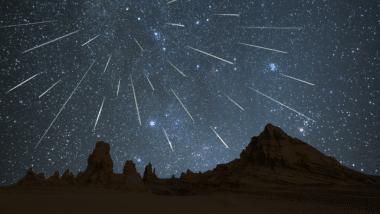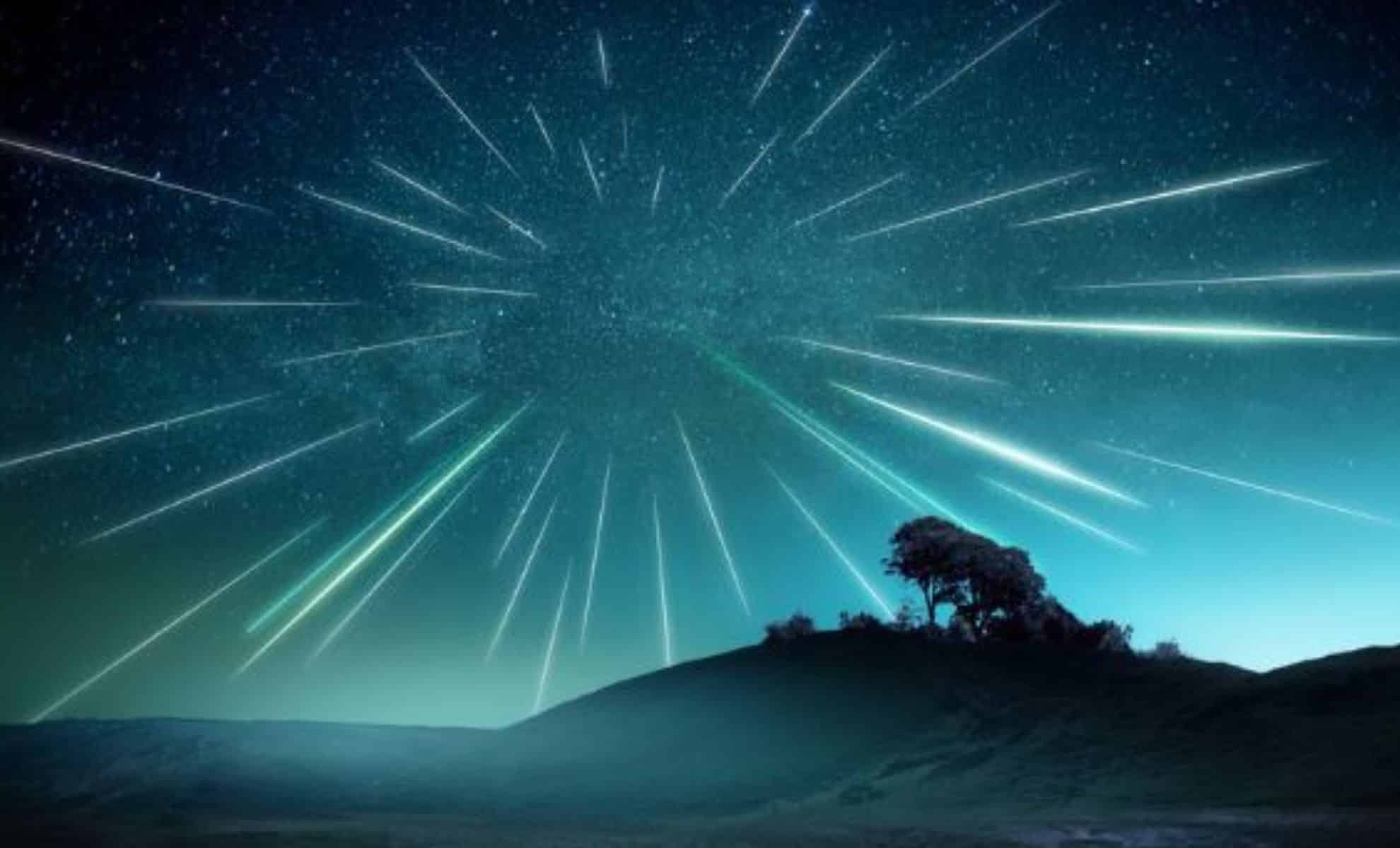The Perseid meteor shower, one of the most spectacular annual celestial events, is set to light up the night sky again this summer.
With peak activity expected on the nights of August 12-13, skywatchers will be in for a treat as the bright moonlight won’t interfere, making 2024 a great year to see this meteor shower.
The science behind the Perseid meteor shower
The Perseid meteor shower is caused by debris from comet 109P/Swift-Tuttle. As Earth passes through the comet’s trail, the debris collides with our atmosphere at about 36 miles per second, creating beautiful streaks of light. These meteors are chunks of ice and rock left over from the comet’s orbit around the Sun, which Earth encounters every year.
Named after the constellation Perseus, from which they appear to radiate, these meteors are visible from mid-July has end of August, with maximum visibility generally observed in mid-August. The Perseid Meteor Shower is renowned for its bright meteors and long-lasting trails, visible even from suburban areas. This annual event is a reminder of the dynamic nature of our solar system and offers a spectacular display of celestial fireworks as the tiny cometary particles burn up in Earth’s atmosphere.
The Perseids The Swift-Tuttle meteors are particularly notable because the debris from Comet Swift-Tuttle is relatively large compared to other meteor showers, resulting in more frequent and brighter meteors. The comet itself is 25 km in diameter and its debris stream is dense, providing a rich source of meteors.
These particles, some no bigger than a grain of sand, create bright flashes of light Comets disintegrate as they enter Earth’s atmosphere, adding to the visual splendor of the event. This process not only creates a stunning spectacle, but also provides scientists with valuable data on the composition and behavior of cometary matter.
When and where to watch
The Perseid Meteor Shower will be more visible in the northern hemisphere from From July 17 to August 24, with maximum activity on August 12-13. To optimize your viewing experience, it’s best to find a spot away from city lights with a clear view of the sky. The constellation Perseus, where the meteors appear to originate, is best seen in the early hours after midnight. On peak nights, the moon will be in its first quarter phase and will set around midnight, providing darker skies and better visibility.
At the peak of the wave, observers can expect to see 50 to 100 meteors per hour under ideal conditions. The best time to observe is after midnight, when the sky is darkest and meteor rates are highest. A light pollution map can help you find the best viewing locations. meteor showers Although they can be unpredictable, the Perseids are prolific enough to guarantee a beautiful show if the weather permits. The Perseid meteor shower is particularly special because of the large number of meteors that can be seen, providing a consistent and spectacular display.

For those in urban areas, it is recommended to go to a place with minimal light pollutionNational parks, rural areas, or dark sky reserves are ideal places to observe. The Perseids can be observed without special equipment, making them accessible to everyone. Simply find a comfortable spot, bring a blanket or a lounge chair, and look up at the sky. Patience is required, as it may take some time for your eyes to adjust to the darkness and start spotting the meteors.
How to Watch the Perseid Meteor Shower
To see the Perseid Meteor Shower, No special equipment is needed: just your eyes and a little patience. Find a comfortable spot, lie down, and look up at the sky. Let your eyes adjust to the darkness for about 20 minutes for the best viewing experience. Using stargazing apps like SkySafari can help you locate the constellation of PerseusAlthough meteors are visible all over the sky, the beauty of meteor showers is that they are best observed with the naked eye, providing a clear view of the vast night sky.
The constellation of Perseus The best way to locate it is to first find the nearby constellation, Cassiopeia, which has a distinctive “W” shape. Perseus is adjacent to Cassiopeia and can guide your gaze to the meteors’ point of origin. However, for meteor showers, it is not necessary to focus solely on the radiant point, as meteors can appear anywhere in the sky. Remember to dress warmly and bring snacks and drinks to stay comfortable at night. It is also helpful to use a red flashlight to preserve your night vision when moving around or looking at maps.

The Perseid meteor shower is a great opportunity for family and friends to get together and enjoy the wonders of the night sky together. Organizing a viewing party with telescopes and binoculars can add to the fun, even if these tools are not necessary to see the meteors. Sharing the experience with others can increase excitement and provide educational opportunities to learn about the stars, planets, and other celestial phenomena visible on a clear night.
Other Meteor Showers to Watch Out For
While the Perseid meteor shower is the highlight of the summer, several other smaller meteor showers are active during the same period. These include the Capricornids, Delta Aquarids, Piscis Australids, Alpha Capricornids, Iota Aquarids, and Kappa Cygnids. While these showers produce fewer meteors, they add variety with different colors, speeds, and trajectories. Summer meteors are most visible from late July to mid-August, providing plenty of opportunities for skywatchers to enjoy the celestial spectacle.
These additional meteor showers enhance the overall stargazing experience, allowing enthusiasts to observe different meteor characteristics. Each shower has a unique origin and viewing conditions, contributing to the diversity of meteors in the night sky. For example, the Delta Aquarids, which peak in late July, often overlap with the Perseids, providing a mixed meteor show. The Capricornids are known for their slow-moving fireballs, adding a unique spectacle to the night sky.
